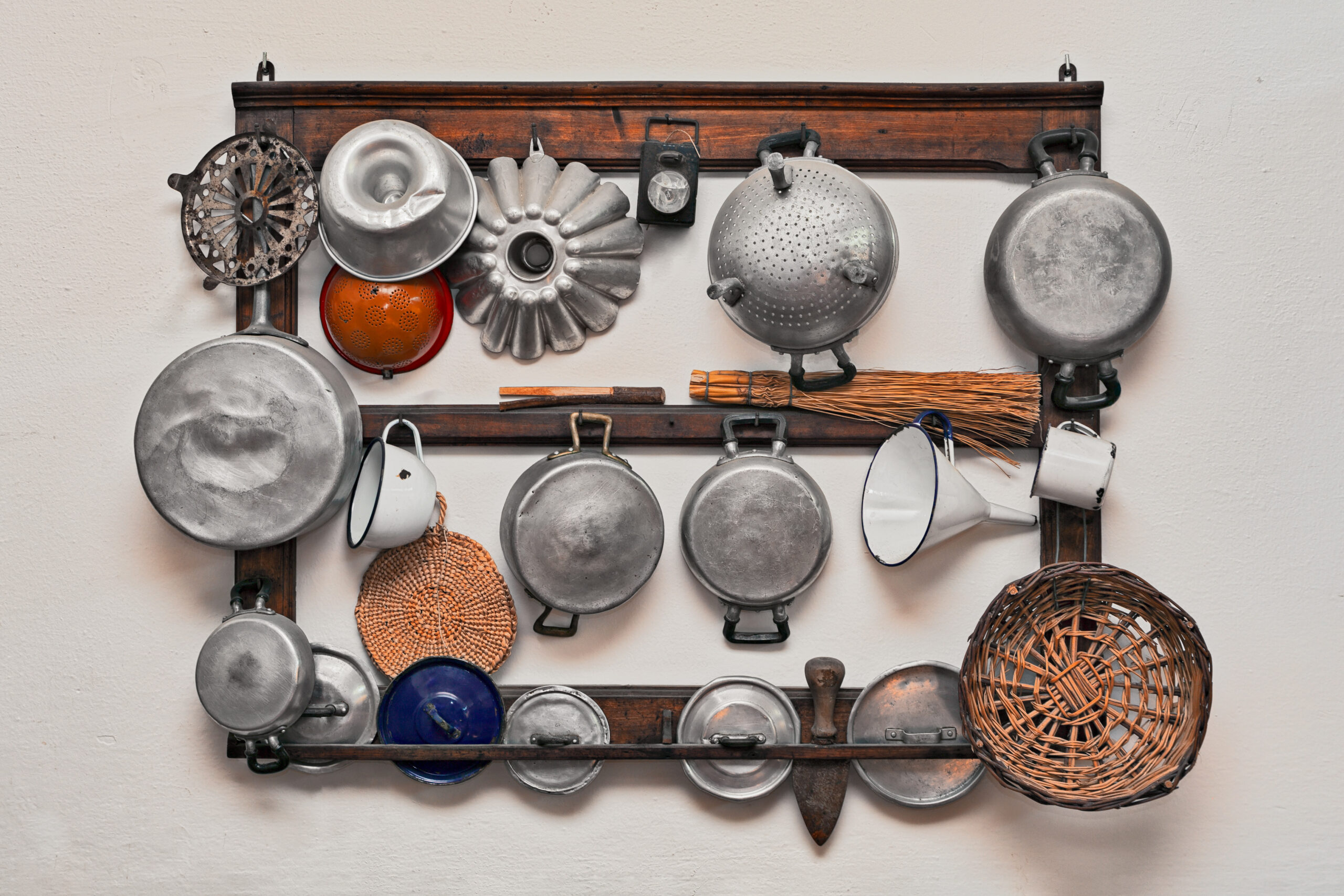What did people do to prepare foods before microwaves and air fryers? Well, things got a little weird. These vintage kitchen utensils just aren’t something you see a lot of these days.
Butter Churn

One of the most iconic tools in kitchen history, butter churns were used to transform cream into butter. The process wasn’t easy: it was time-consuming and labor-intensive.
These tools were essential in households before the widespread availability of commercial butter. Imagine having to churn for hours just for a bit of buttered toast.
Thankfully, technological advancements and the convenience of store-bought products have rendered butter churns largely obsolete. But they remain a nostalgic symbol of traditional cooking methods.
Food Mill
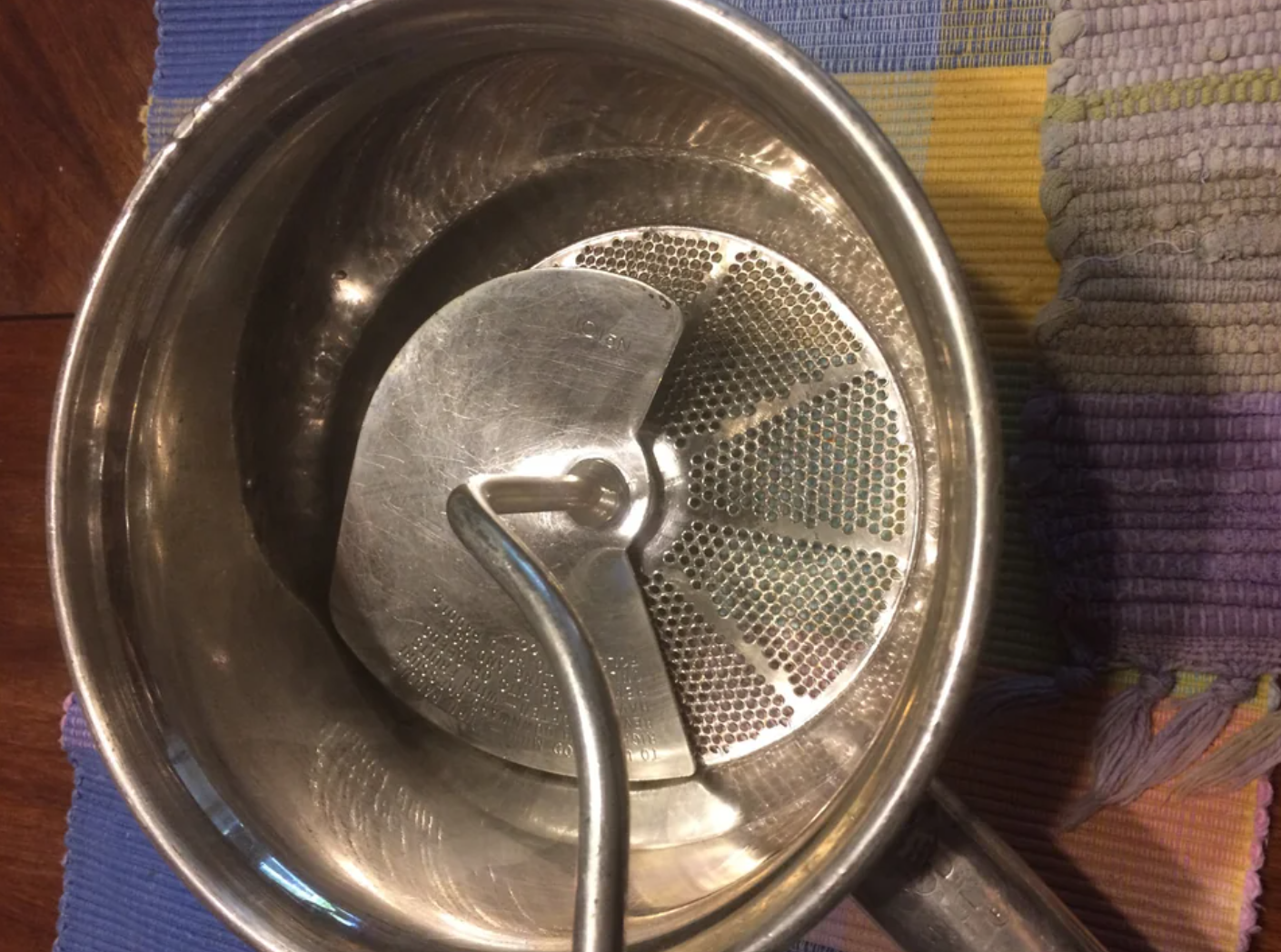
The food mill is another quaint relic from the days before every kitchen had an arsenal of electric gadgets. You might still find this in some kitchens, but not many.
This hand-cranked contraption was the secret to the smoothest sauces in the late 19th and early 20th centuries. They’re no longer needed, thanks to food processors.
Imagine spending your Saturday turning a crank to make tomato sauce instead of just hitting a button on a blender or food processor. Who has the time?
Enamelware
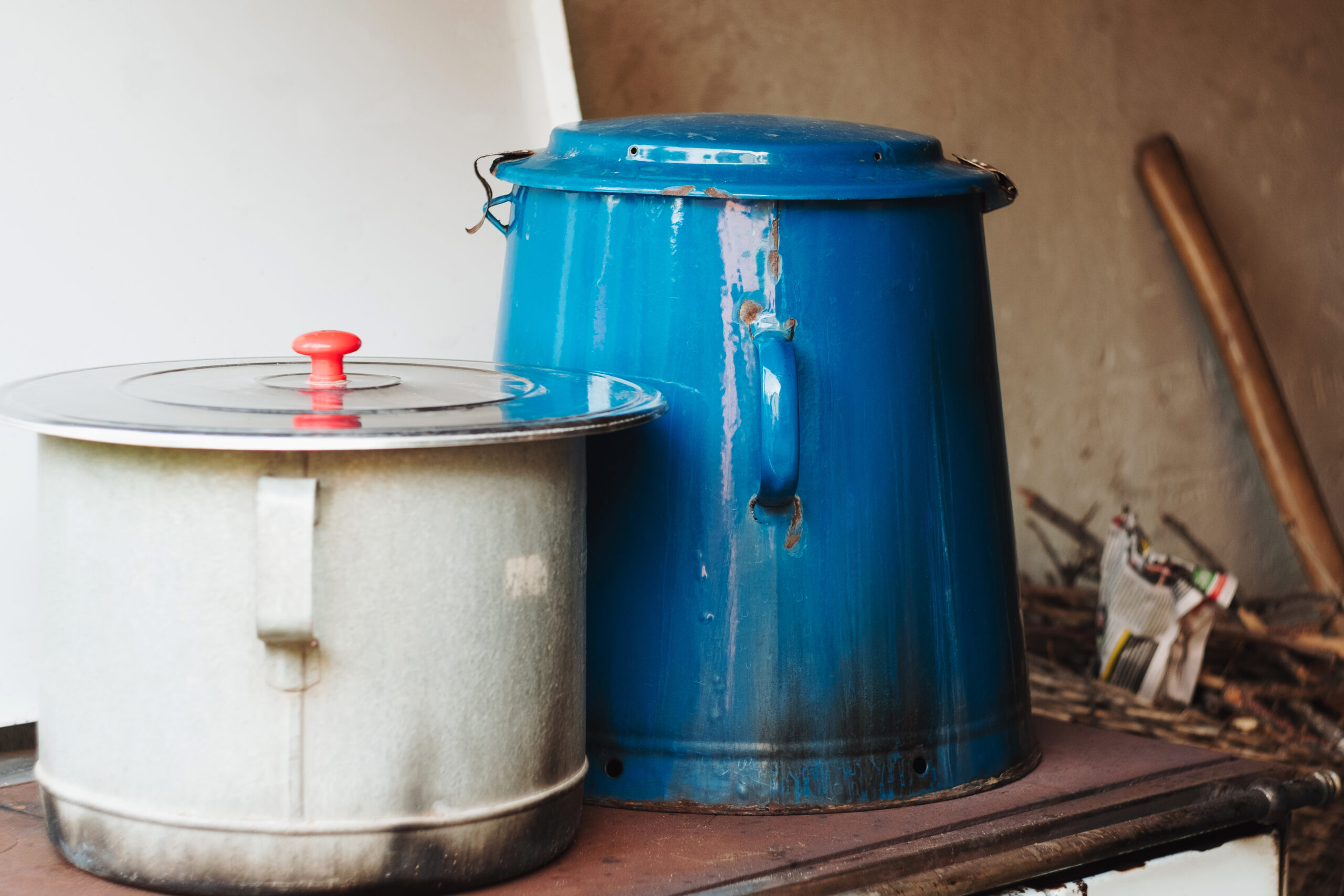
Enamelware is charming, durable kitchenware that looks like it jumped out of a vintage magazine. And it actually has roots dating back to the 19th century.
Perfect for a cozy cabin vibe, it was the Insta-worthy kitchen essential before Instagram was even a thing. But beyond aesthetics, it was great for cooking, too.
It’s basically metal coated in porcelain enamel, making it tough, easy to clean, and resistant to corrosion. It’s mostly been replaced by stainless steel and non-stick.
Jelly Molds

Jelly molds are whimsical, intricate kitchen tools that just scream vintage charm. They hail from a time when jellied desserts were the pinnacle of culinary sophistication.
Creating visually stunning, jiggly jellies was a true art form. Made from metal or plastic and designed in different shapes and patterns, jelly molds were the key.
Today, these vintage kitchen utensils are cherished more for their nostalgic value and decorative appeal. Fortunately, modern desserts have moved towards simpler, less jelly-centric presentations.
Icebox

How do you keep food cool without a refrigerator? Well, before electric cooling, you could store food in a cold cellar or in something called an icebox.
They were called iceboxes because they literally used large blocks of ice to stay cool. You would place ice in a particular compartment to chill the container.
The ice would, as ice does, gradually melt over time. So it required regular replacement to maintain the necessary cool temperature. It really wasn’t very convenient.
Mortar and Pestle
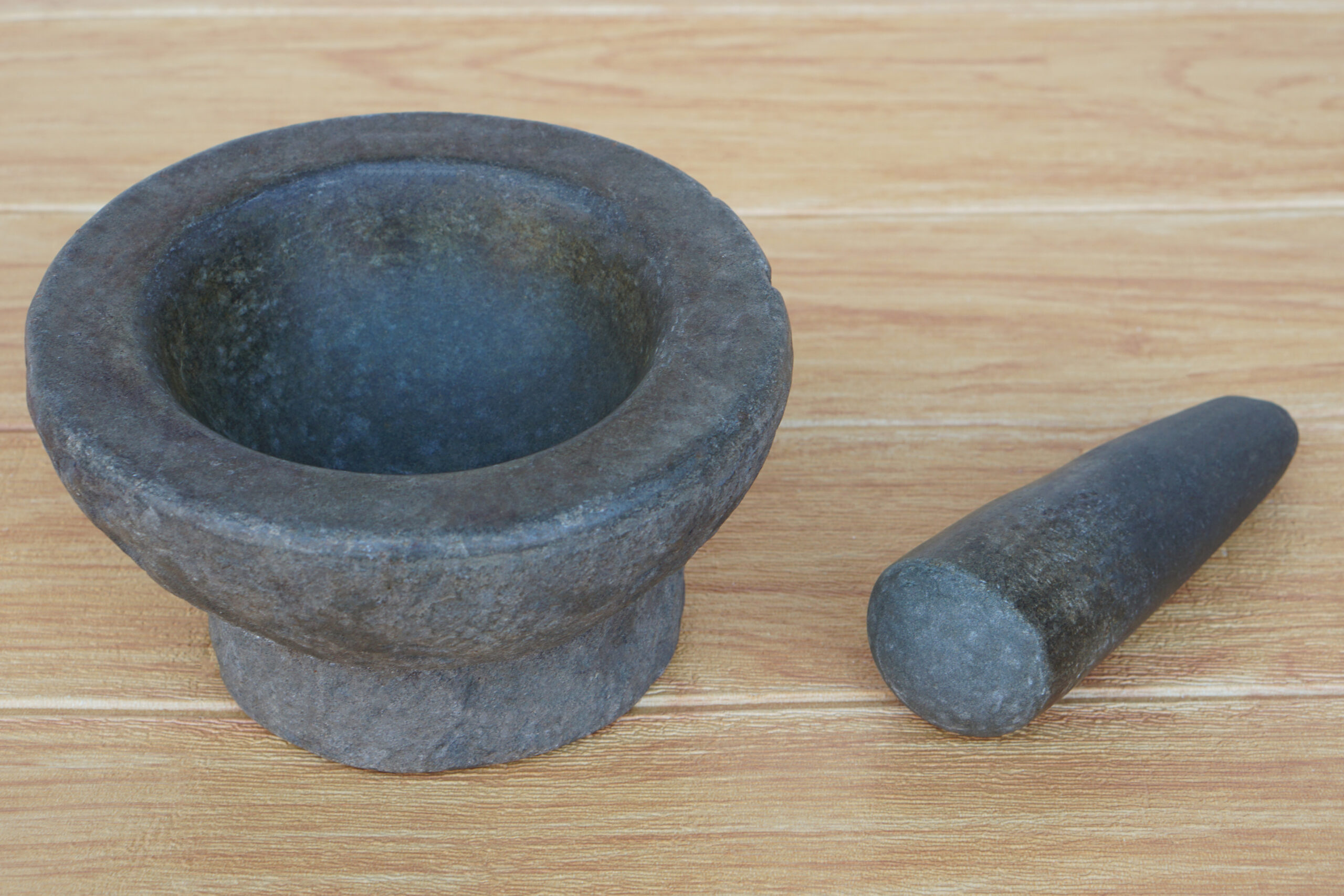
Mortar and pestles are downright ancient kitchen tools. These relics have been around for thousands of years, and they’re all about getting hands-on with your ingredients.
They’re used for grinding herbs, spices, and more into pastes and powders, and some people still use them today. Why wouldn’t you just use a blender?
Well, it turns out that the physical act of grinding releases flavors and aromas that machines can’t match. Sometimes, older methods have timeless value in the kitchen.
Bread Box
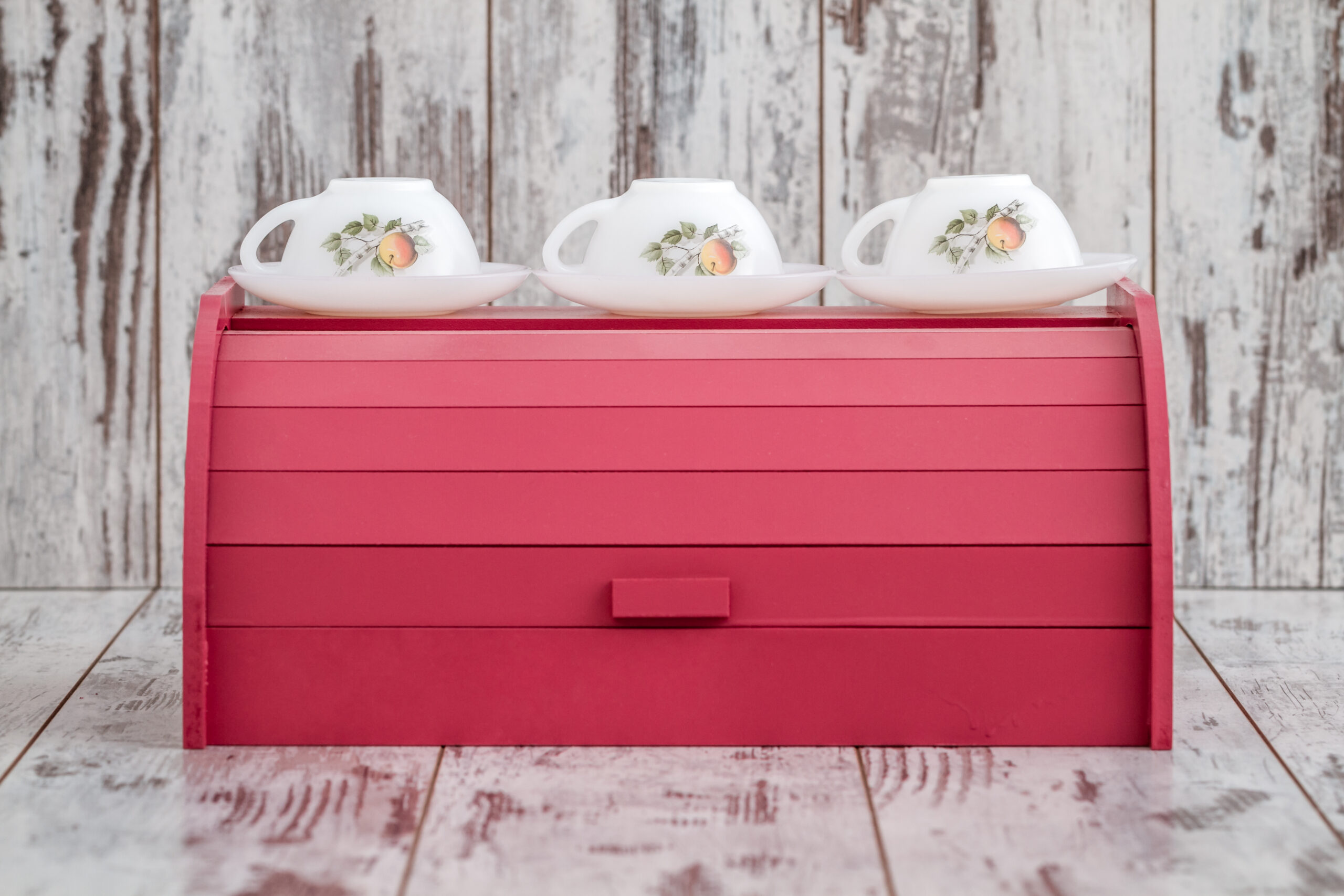
Breadboxes are those quaint containers you might find tucked away in your grandmother’s kitchen. They were essential for keeping bread fresh before preservatives and plastic bags.
They were designed to create an environment that balances humidity and airflow. That way, they help prevent bread from going stale too quickly or getting moldy.
Their practicality in modern kitchens is debatable, so you don’t see them often. But there’s no denying the nostalgic charm and simplicity they bring to the countertop.
Gravy Separator
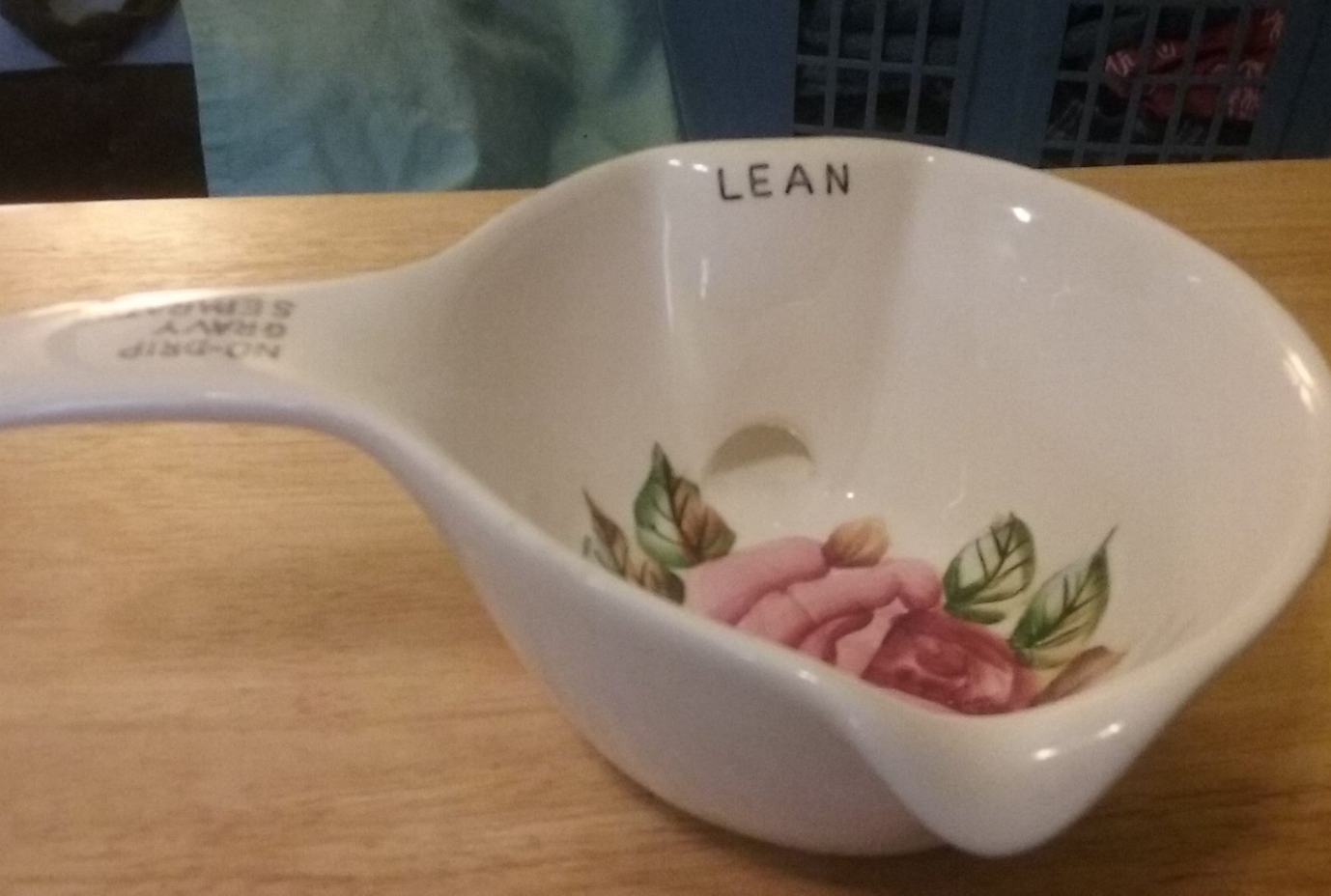
Gravy separators were quite popular in kitchens during the mid-20th century, around 1950. This was an era when home cooking and elaborate dinners were gaining popularity.
These little dishes expertly separated fat from juices for that perfect gravy without the manual skimming that was typically needed. Why don’t we use these today?
Well, there’s actually new gravy separator technology. But the simple fact is that we’re just not eating as much gravy as we used to…other than KFC gravy.
Pastry Blender
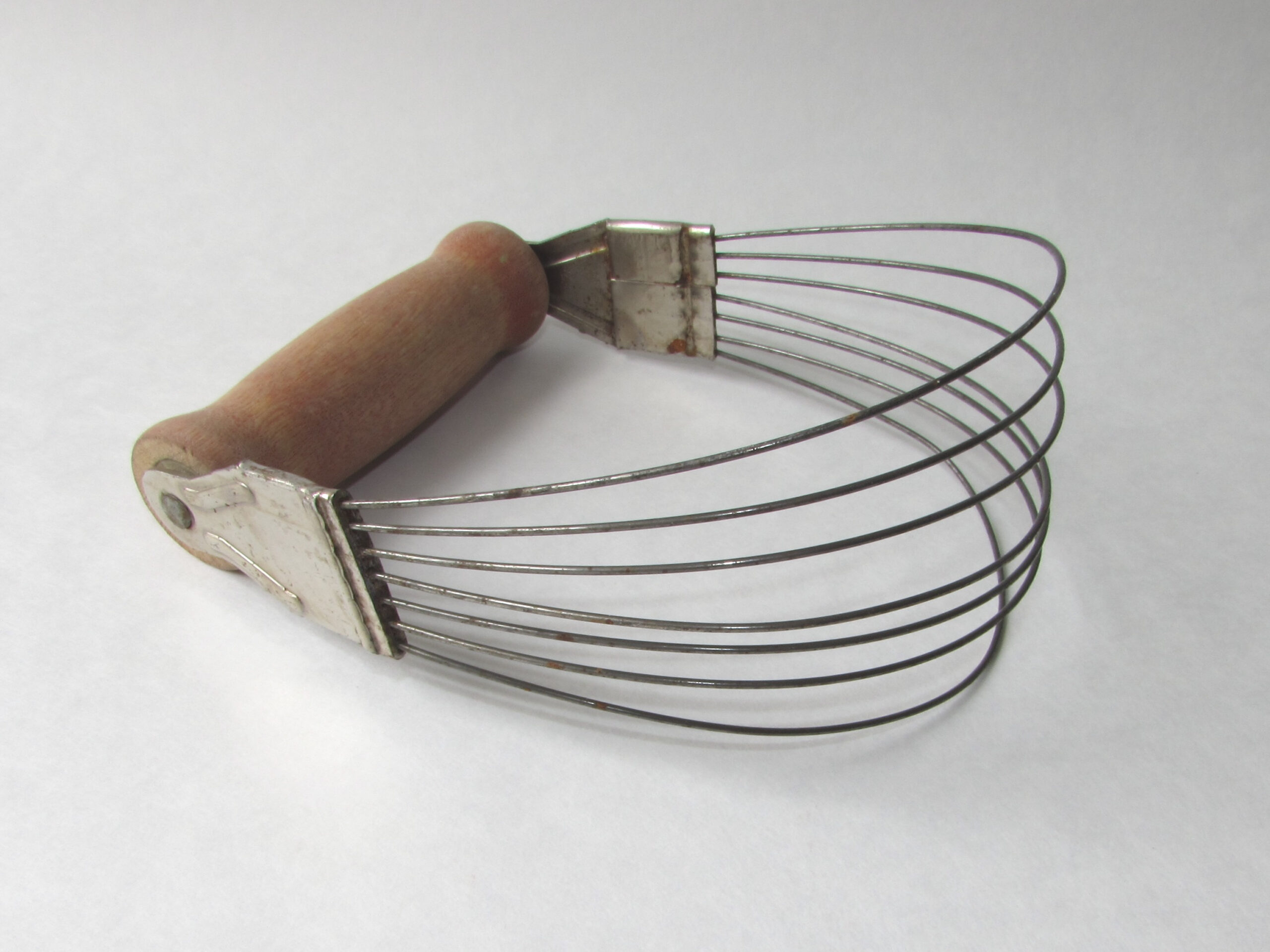
Have you ever rummaged through your grandma’s kitchen drawer and found this peculiar tool with its sturdy wires and wooden handle? You probably thought, “What’s this?”
It’s a pastry blender, and it was the secret behind flaky pies and tender pastries. That was when baking was truly a labor of love.
As technology improved, food processors and stand mixers took center stage in the baking realm. Sadly, they relegated our beloved pastry blenders to the shadows.
Milk Bottle

Milk bottles have a particular way of evoking a bygone era. Imagine waking up to the clink of glass and Mom calling you down for breakfast.
In the early to mid-20th century, glass milk bottles were a daily fact of life. They were delivered fresh each morning by your trusty neighborhood milkman.
They had a charmingly simple design, and being reusable, they were icons of sustainability before it was a hashtag. Sadly, they were largely replaced by plastic cartons.
Butter Pat Press
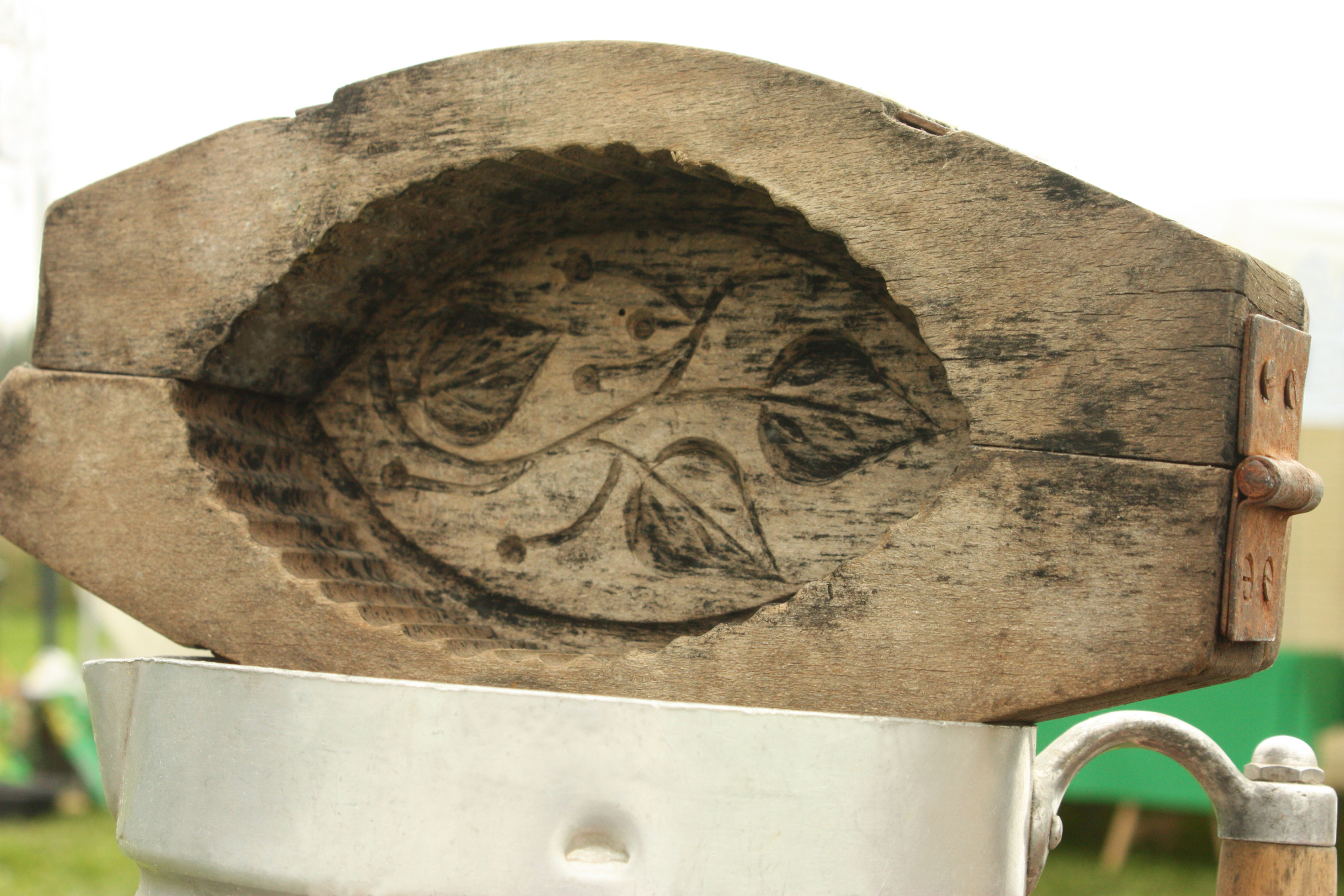
Have you ever looked at a pat of butter and thought, “This could be a little fancier”? Well, maybe not. But someone did, at some point.
Butter pat presses once turned plain old butter into works of art. They were made of wood or ceramic, and their pressing surfaces had intricate designs.
These engraved designs would imprint the butter with decorative patterns, adding a touch of sophistication. Today, they’re mostly nostalgic relics of a much fancier time.
Sugar Nippers
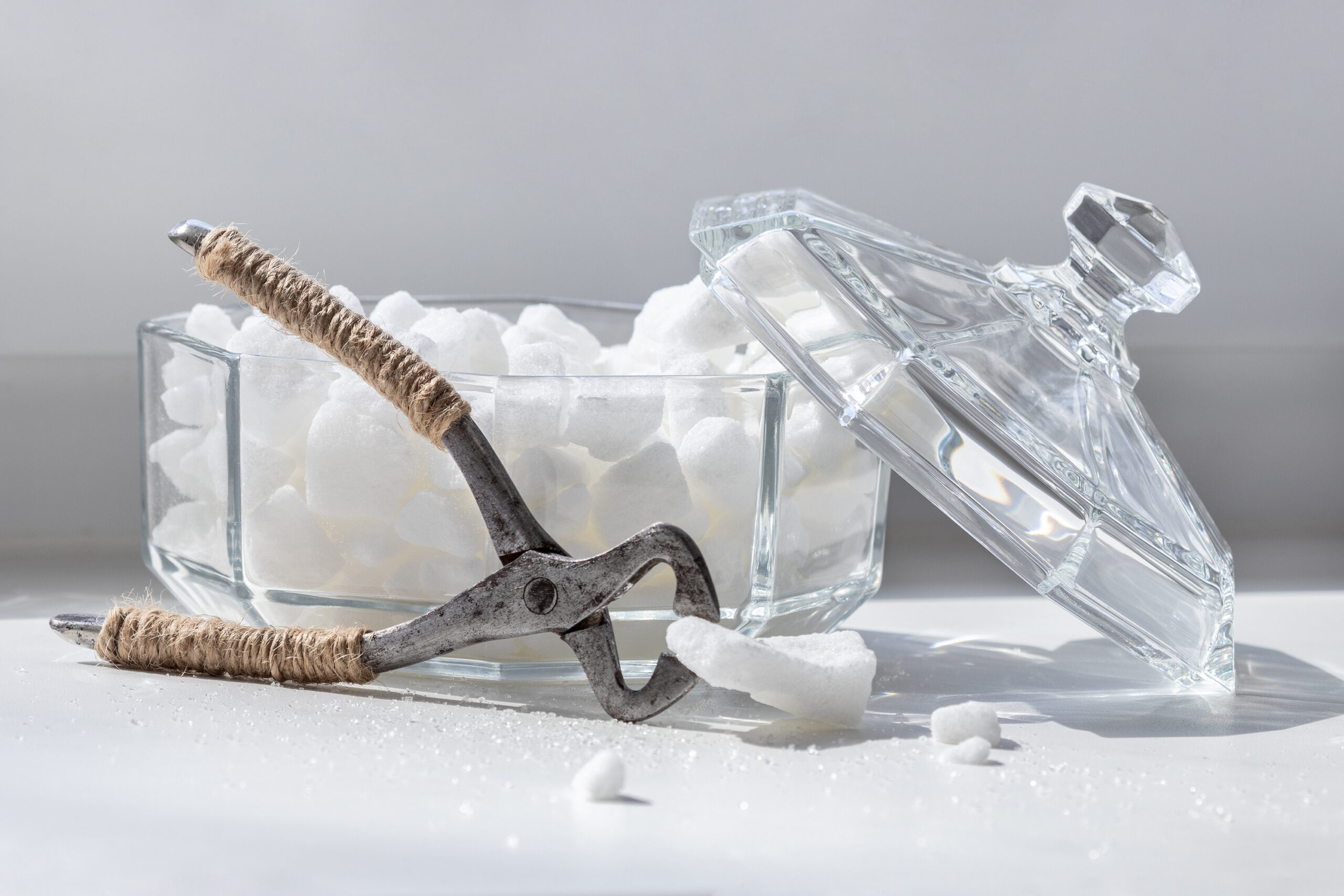
These “nippers” date back to medieval times, when they were used to break up chunks of sugar. Sugar was a luxury item and not easy to get.
When you did get sugar, it came in huge, solid cones and chunks. So these formidable tongs were needed to break off smaller, more usable pieces.
Sometimes we forget what life was like before modern-day conveniences like non-chunky sugar. We’re glad this particular vintage kitchen utensil is a thing of the past.
Pie Bird
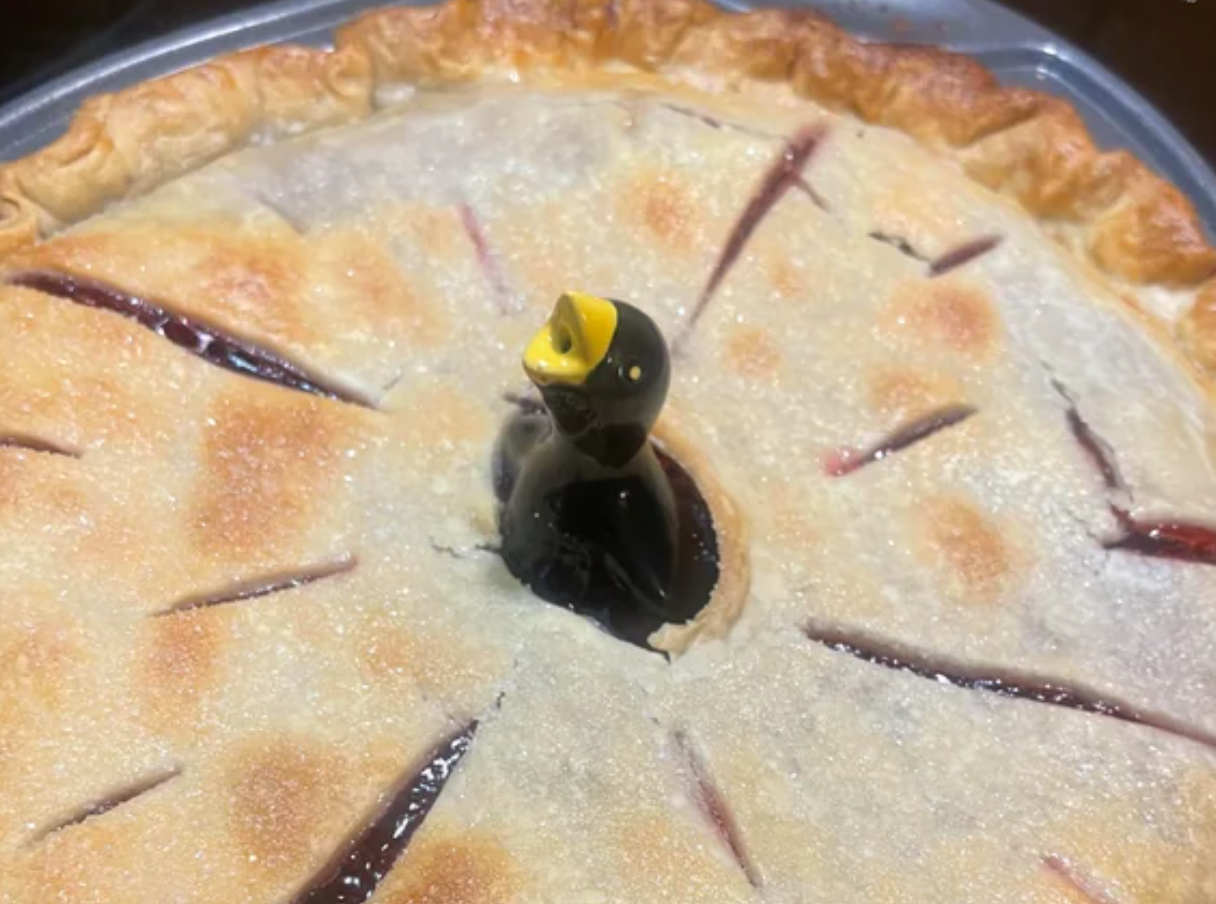
Pie birds date back to Victorian times and served as a clever solution to a common baking dilemma. Back then, trapped steam often caused soggy bottoms and burst crusts.
Enter the pie bird, a ceramic tool placed in the center of the pie, allowing steam to escape through its open beak. Plus, it was super cute.
With today’s modern baking techniques, these aren’t as essential to the pie-making process. But we’ll sure be on the lookout for these little cuties at antique shops.
Aspic Cutter
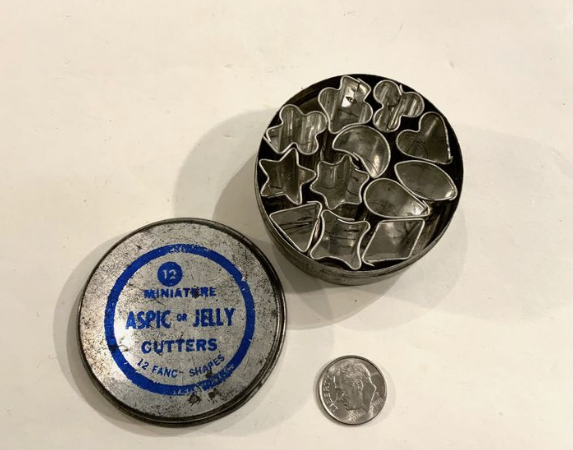
It always comes back to jelly. These little cutters are now a curio from culinary history. But they were once key in creating ornate jelly creations.
Aspic — a gelatin made from stock and used to encase meat and vegetables — was once considered the height of excellence in the kitchen.
You could use aspic cutters to add little stars, hearts, and other shapes to your creation. It seems like a lot of work for vegetable Jell-O.
Potato Ricer

Does this turn potatoes into rice? Well, no. But it does help you create the fluffiest mashed potatoes or puree any other soft, steamed, or boiled veggies.
The potato ricer is another vintage tool that’s still used in some kitchens today, although not as much as it once was. It’s honestly underrated.
Its name comes from the fact that it presses soft potato through small holes, making it resemble grains of rice in size and shape. It’s a “ricer.”
Cherry Stoner
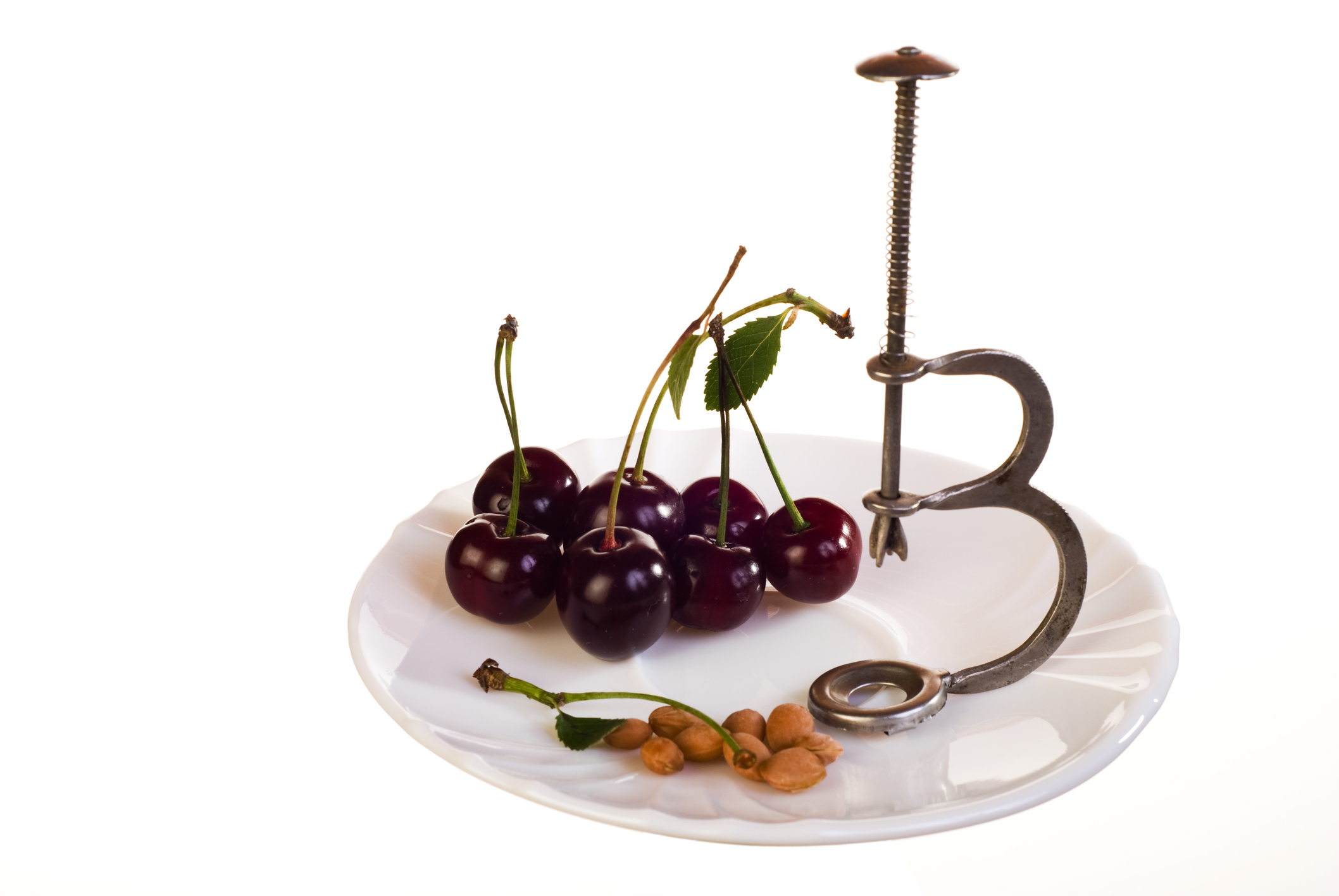
In the realm of hyper-specific kitchen gadgets, cherry stoners hold a special place. These devices were once indispensable for the diligent and well-equipped pie maker.
The cherry-pitter isn’t completely obsolete today, but it now occupies a niche, a shadowy corner of the utensil drawer. All thanks to pre-pitted cherries and modern shortcuts.
Plus, home-baking pies just isn’t as common anymore. The number of times we find ourselves pitting cherries really doesn’t justify investing in such a specific tool.
Mouli Grater
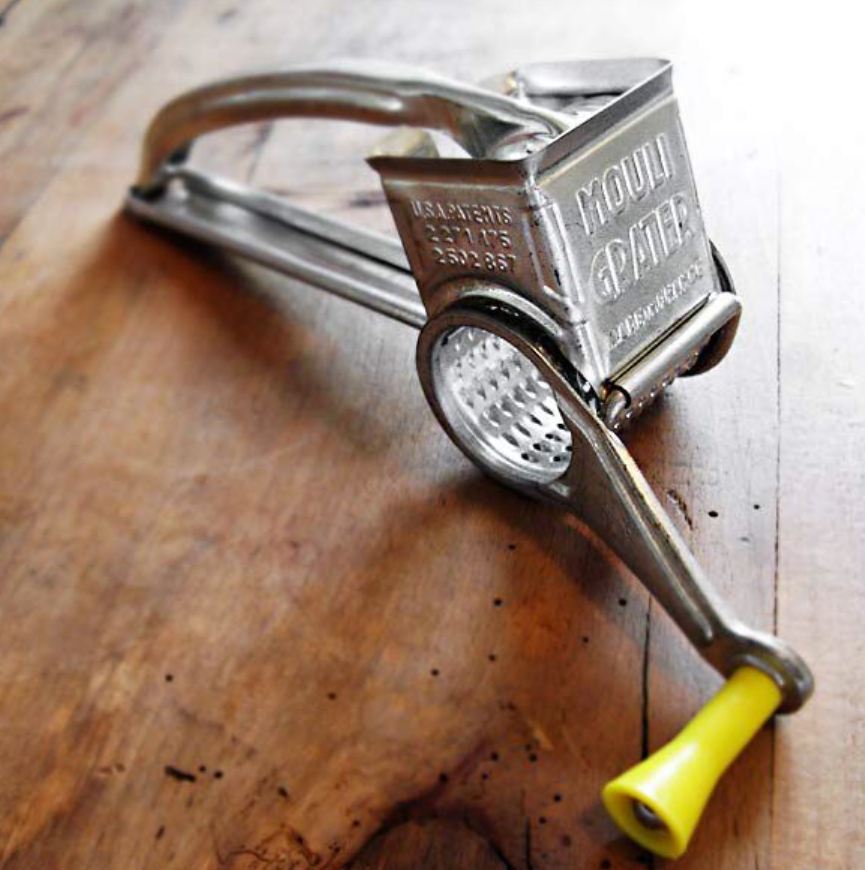
The Mouli grater is another tool that harks back to an age when manual gadgets reigned supreme. It was a hand-cranked grater for all kinds of ingredients.
The Mouli was particularly popular because it was easy to use. Plus, it had interchangeable disks to adapt to the cook’s needs. Honestly, it looks pretty useful.
Sure, food processors and blenders make this somewhat obsolete today. But it looks much less labor-intensive than a standard cheese grater, and we can get behind that.
Escargot Tongs and Forks
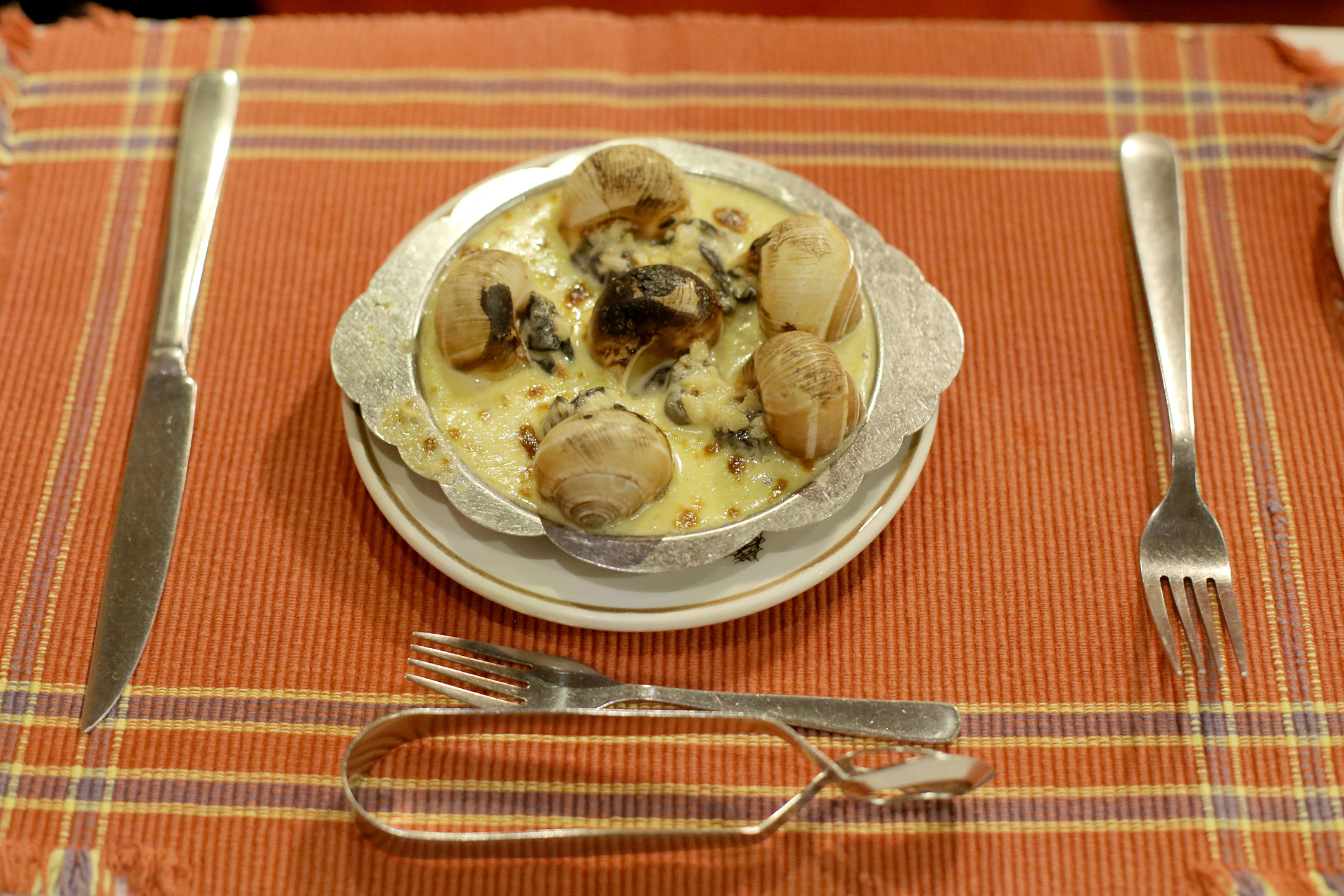
When was the last time you ate snails? If you’re anything like us, the answer is probably “during truth or dare in second grade” or simply “never.”
However, many people enjoy escargot, and it was even more popular in the 1960s and 1970s. This surge in the US was inspired by escargot in French restaurants.
To properly prepare and eat escargot, you needed specialized utensils for the utmost sophistication. That’s where these nifty little tongs and tiny forks came in.
Toast Fork
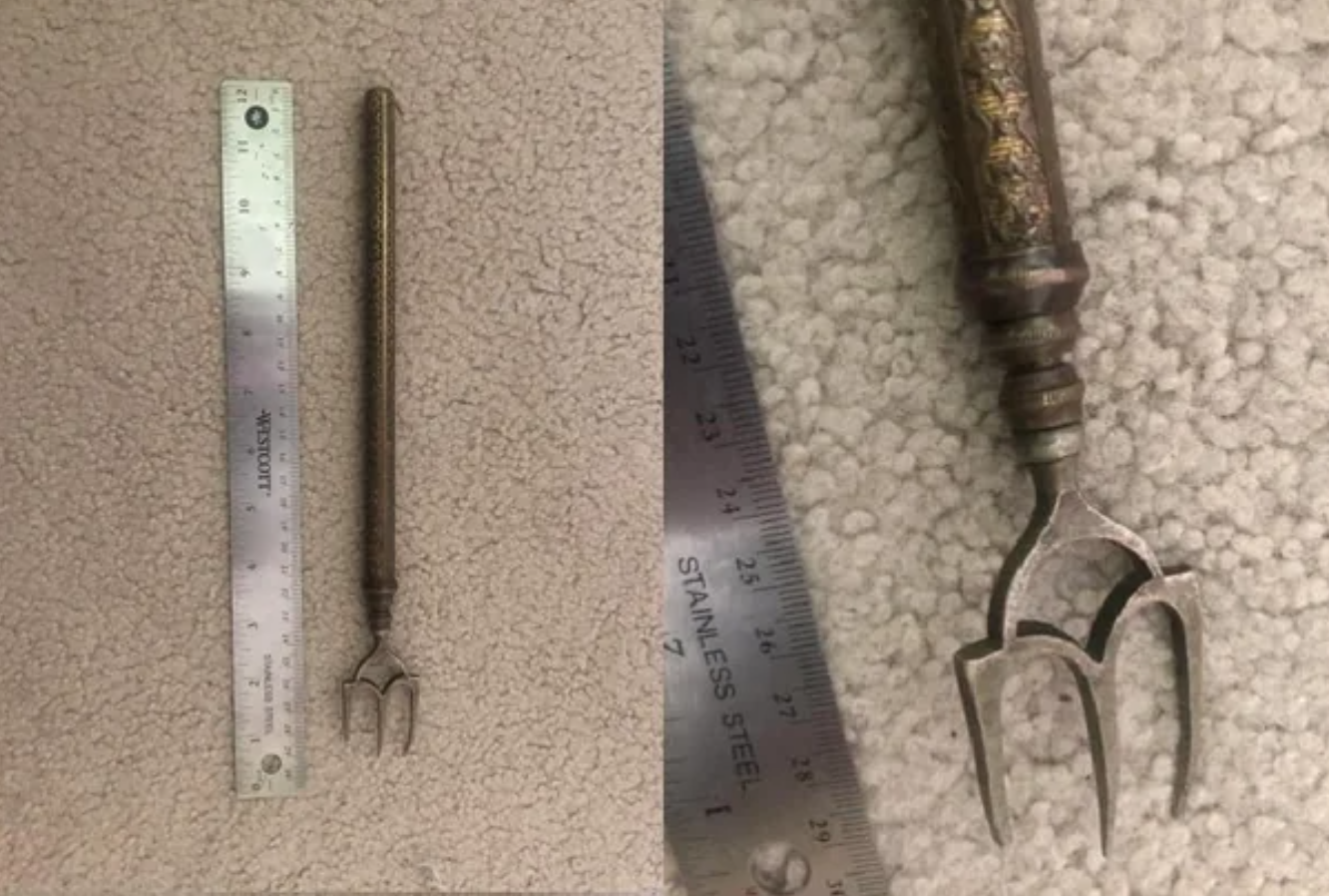
Continuing down the path of unique forks, up next is a fork used for toast. A toast fork isn’t just any fork. It’s a special fork.
In the Victorian era, people used these specialized utensils to roast bread over the open hearth. They were common among those families who could afford fireplaces.
Some toast forks could even telescope out to allow more distance between you and the fire. Victorians loved their niche, highly specialized utensils, so it’s no surprise.
Dumpling Press
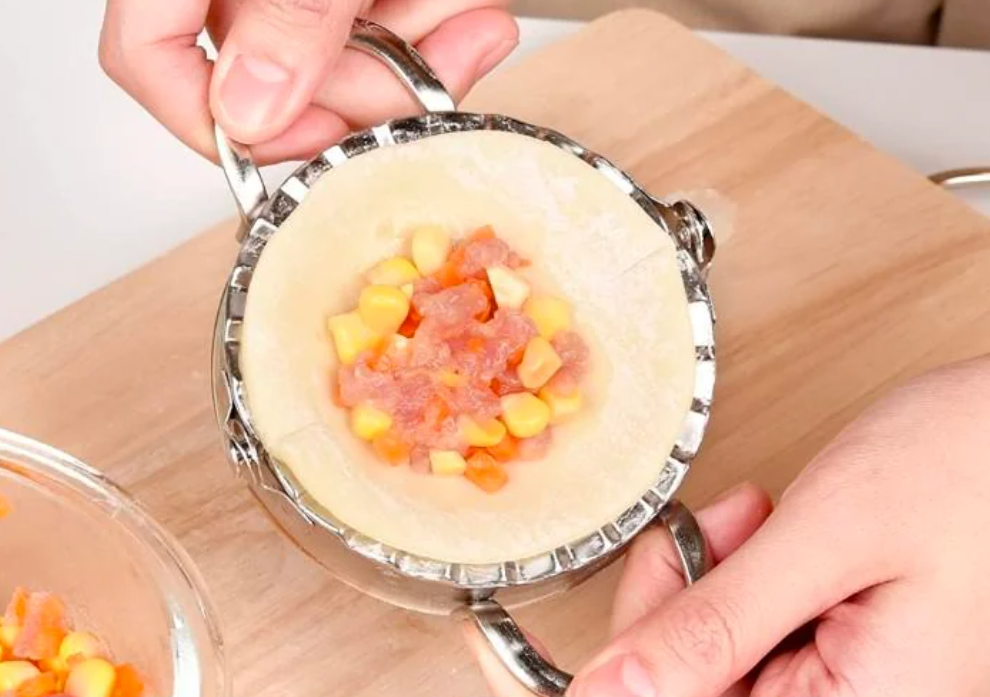
Before the dumpling press came about, crafting a perfectly sealed dumpling was considered an art form. It took practice, patience, and training to get right.
The dumpling press changed all that when it became popular in the 20th century. It allowed anyone to create uniform dumplings at home, with ease.
By crimping the edges neatly, they ensure a tight seal, preventing filling from escaping during cooking. We guess dumplings just aren’t common enough to make these practical today.
Bean Slicer
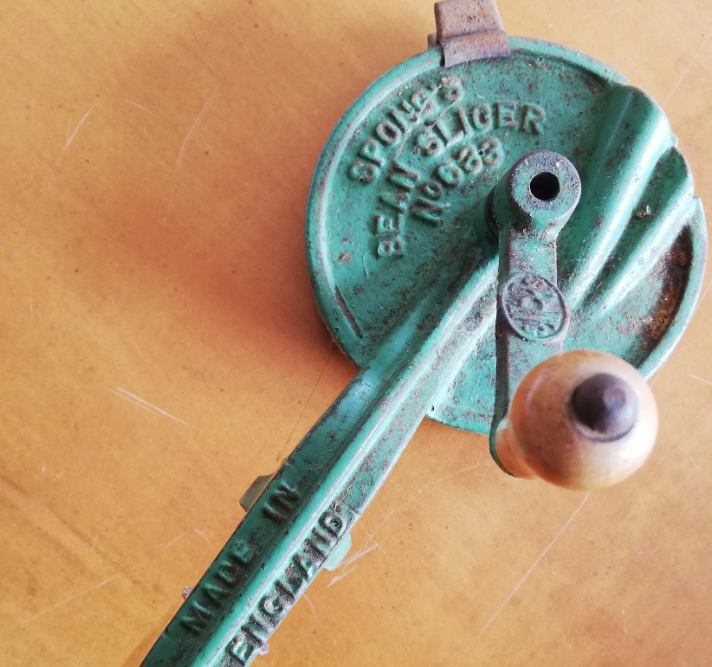
Why do you need to slice beans? And if you do, can’t you just use a paring knife? We had so many questions going into this one.
As it turns out, this is another tool that popped up in the mid-1900s. It was common in households that often preserved and canned fresh vegetables.
As its name suggests, it’s designed to cut beans into thin slices quickly and uniformly. It’s particularly handy for slicing green beans for soups and salads. Who knew!
Sardine Fork
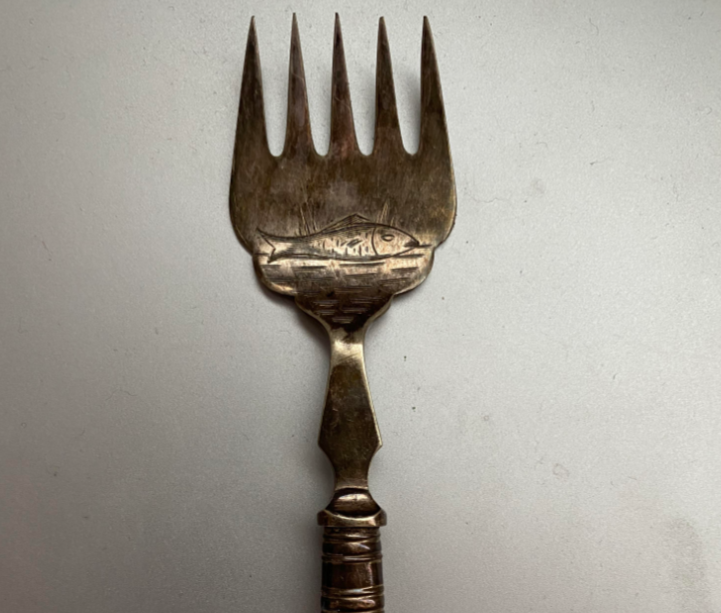
Back to the world of special forks, the sardine fork was once commonplace in fish-eating households. Why do you need a special fork for sardines?
For protecting the sardines, of course. These forks were used to transfer sardines from the can to a plate and typically had five or six tines.
They were flared out at the sides of the tines to help cradle the sardine and prevent it from falling apart. Because no one likes a messy sardine.
Duck Press
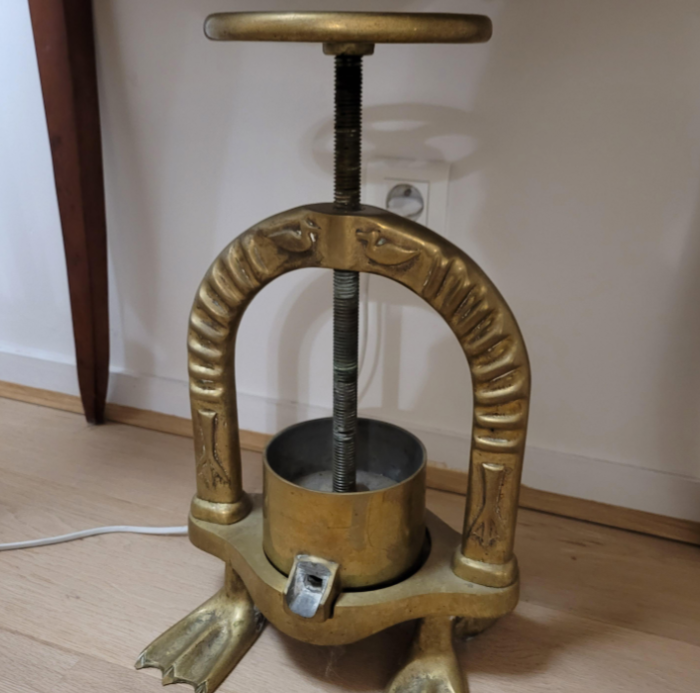
Yes, this wacky kitchen tool has little duck feet, which seems in poor taste considering what it’s used for. It’s for extracting juices from duck.
It’s probably obvious why we don’t really see these anymore. When was the last time you made a home-cooked meal using duck as the protein?
The “juices” of the duck could be used to create special sauces in French-inspired cuisine. It worked like a wine press, but with ducks instead of grapes.
Asparagus Servers
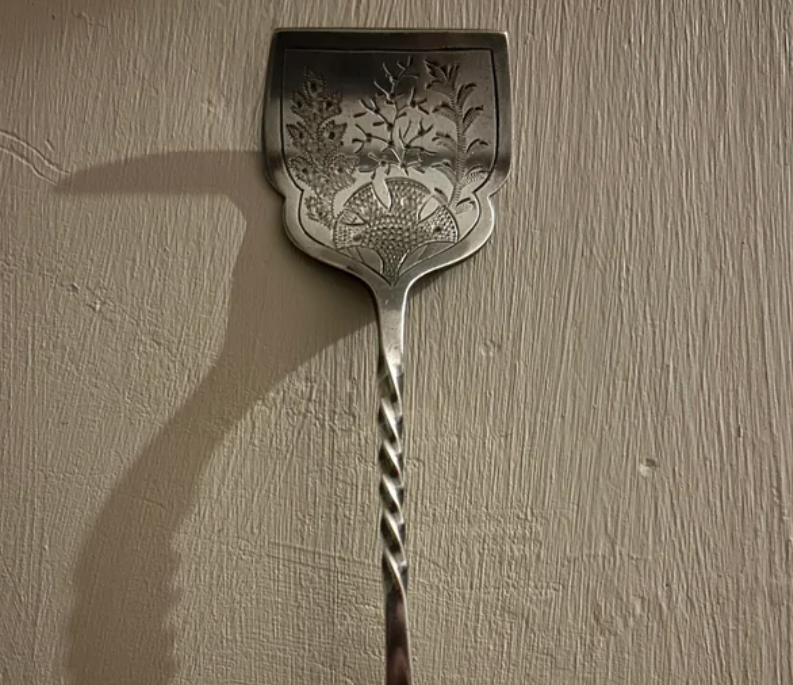
Finally, after so many special forks, we get a special…spoon? Spatula? This elaborate and unusual utensil was used to serve up one very particular veggie: asparagus.
Asparagus servers came in multiple different forms, from simple spatula-like utensils to more practical tongs. They were often elaborately carved to convey class at the dinner table.
Asparagus was considered a tricky vegetable to dish up, so specialized utensils were developed to protect dinner guests from any embarrassment. We’ll just have a salad.
Egg Coddler
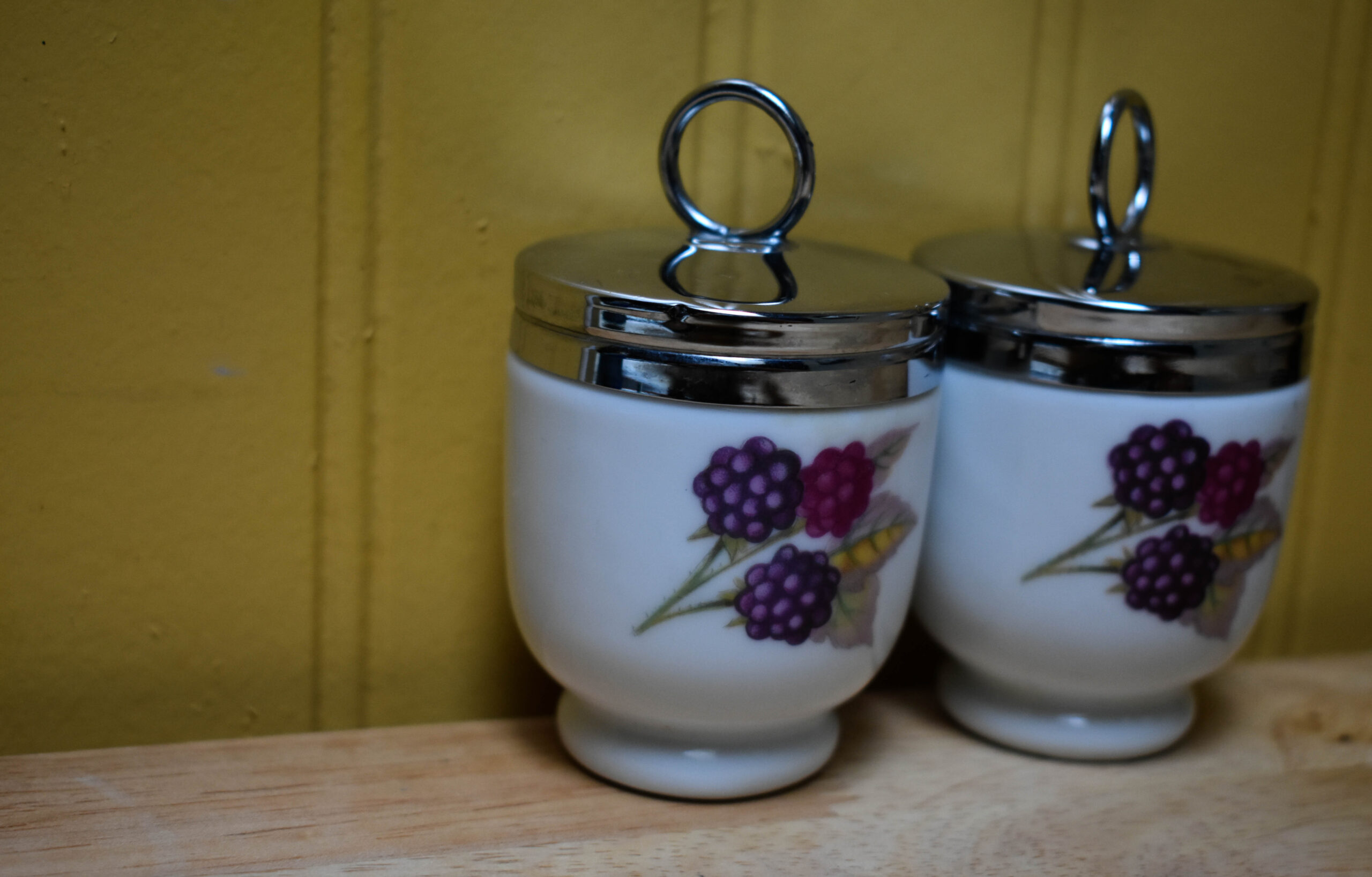
Have you ever heard of a coddled egg? If not, then you probably haven’t heard of an egg coddler, either. But you might see these antiques around.
To use an egg coddler, you’d butter the inside of the cup and break your egg into it. You’d use boiling water to gently cook the egg.
You simply place the glass coddler in boiling water for about 10 minutes. This allows you to gently poach your eggs without putting them directly in water.
Clam Knife
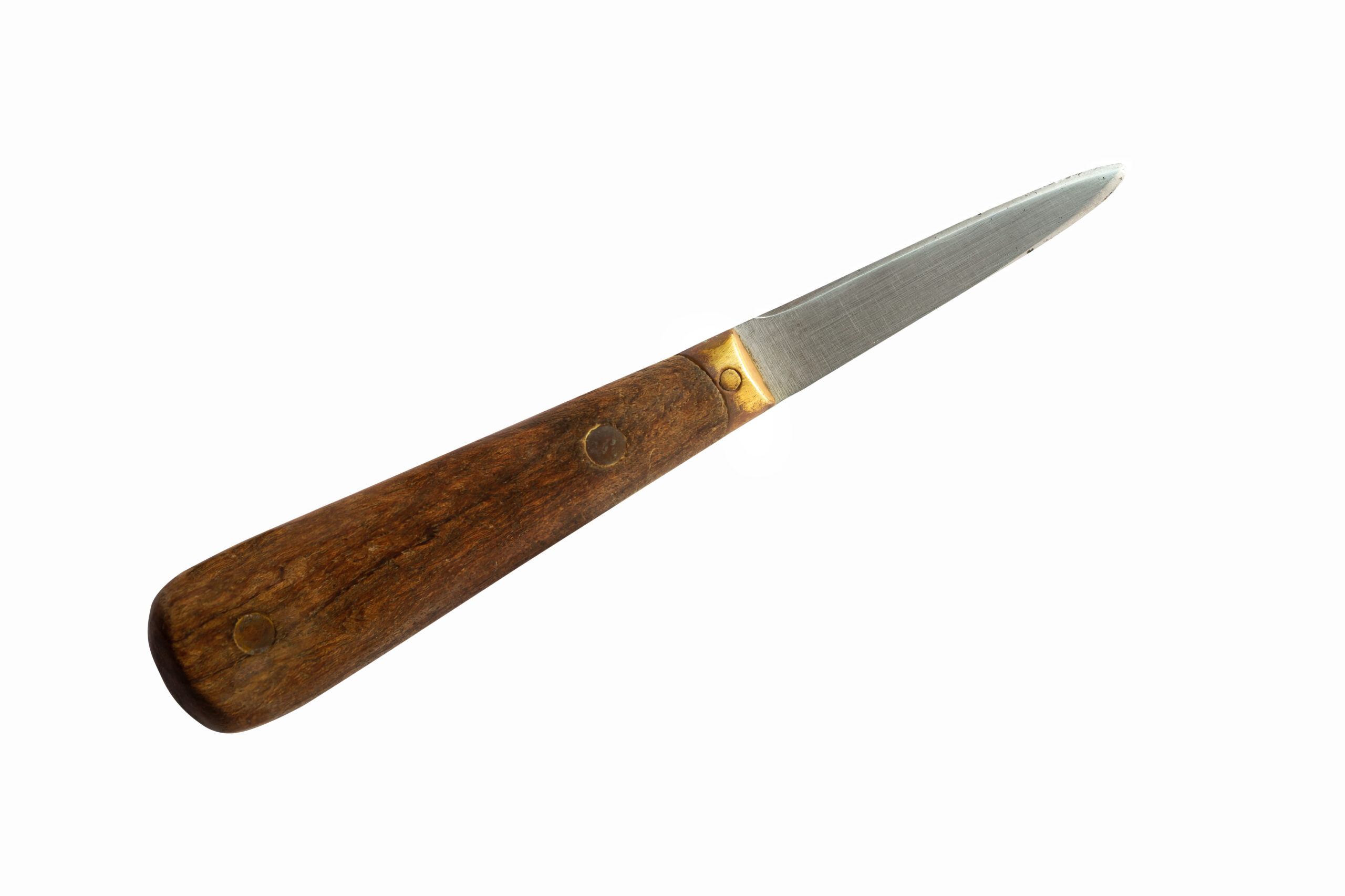
How often do you eat or prepare clams? If it’s pretty often, you might want to get a clam knife. They’re not super common today.
You don’t want to use just any knife to prepare a clam. Clam knives are specially manufactured to be perfect for this particular job.
With one blunt side of the blade and one sharp, it’s perfect for cracking open clams without cutting your hand in the process. Pretty handy.
Cake Breaker
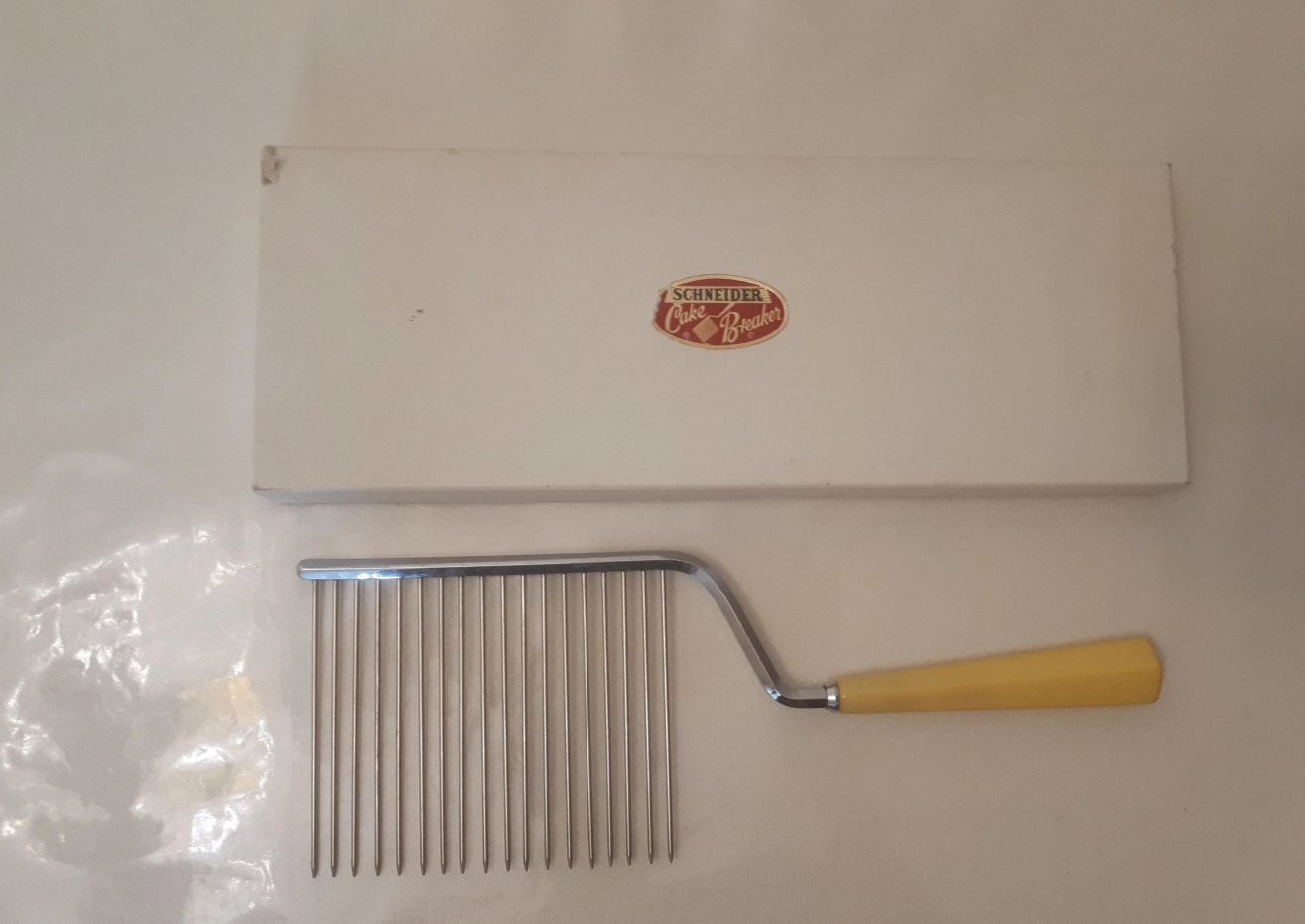
This tool may look like an oversized comb, but it’s not for your hair. No, it’s for cutting delicate cakes without crushing or mushing them.
They’re sometimes known as “angel food rakes,” which is a more accurate descriptor. They let you cut through the most delicate cakes without spoiling the fluffiness.
These were patented in 1931, and they became popular with bakers for the next few decades. Today, most people just use a knife, despite the smush.
Chocolate Pot
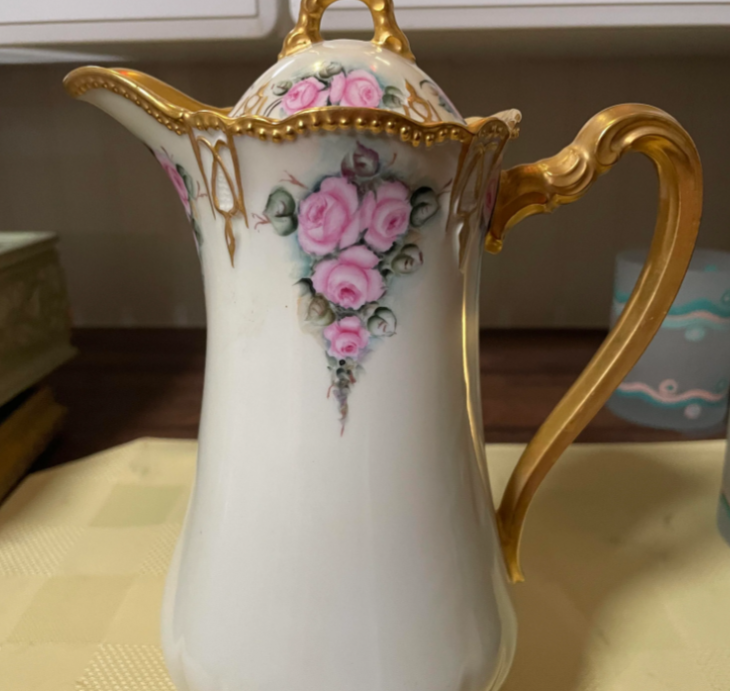
Apparently, people used to drink a lot more hot chocolate than they do today. And honestly, we feel like the hot chocolate lifestyle should make a comeback.
It was so popular that households even had special serving dishes called chocolate pots. And these unique dishes were designed just for hot chocolate preparation and enjoyment.
They were similar to a coffee pot, but they often had an opening for inserting a stirring stick. This would help mix and incorporate the chocolate.
Rumtopf Jar
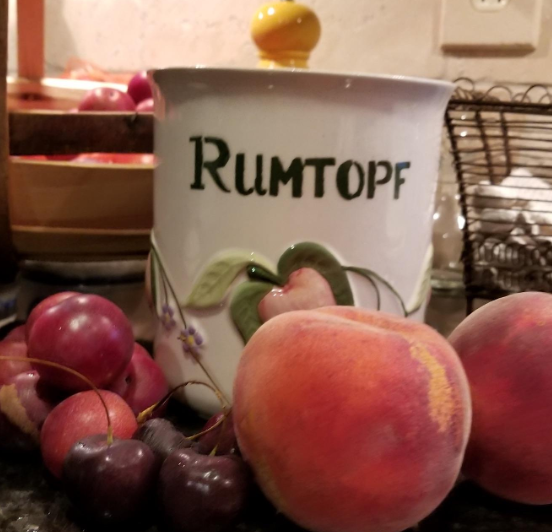
A rumtopf jar, or rumtopf pot, is a type of German preserving jar that translates to “rum pot.” That’s because it’s used to make a rum-filled dessert.
To make traditional rumtopf, you would put fruit into the jar, add some sugar, and pour some rum over the top. You can also add other spices.
Before you can enjoy the fruits of your labor, you’ll need to let it sit for at least four to six weeks. Apparently, it’s worth it.
Remembering Kitchens of the Past

It’s always interesting to look back at what our grandparents and great-grandparents (and great-great-grandparents) did in the kitchen. It lets us put ourselves in their culinary shoes.
While we still use some of the tools listed here, many of them have gone the way of the dodo. Culinary technology has come a long way.
Now when you’re browsing the tables at an antique store or estate sale, you can show off your knowledge of these vintage kitchen utensils. You’re welcome!
